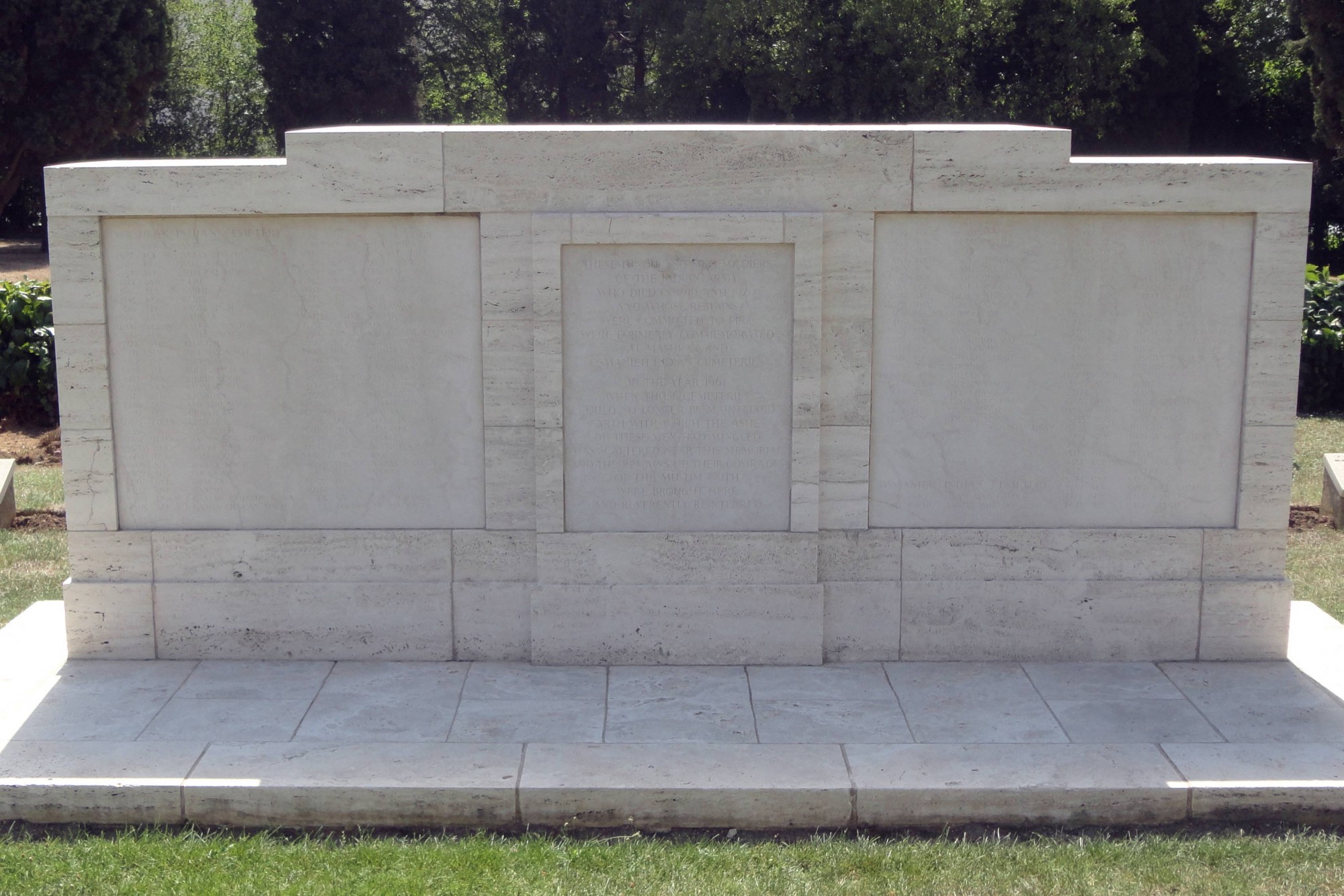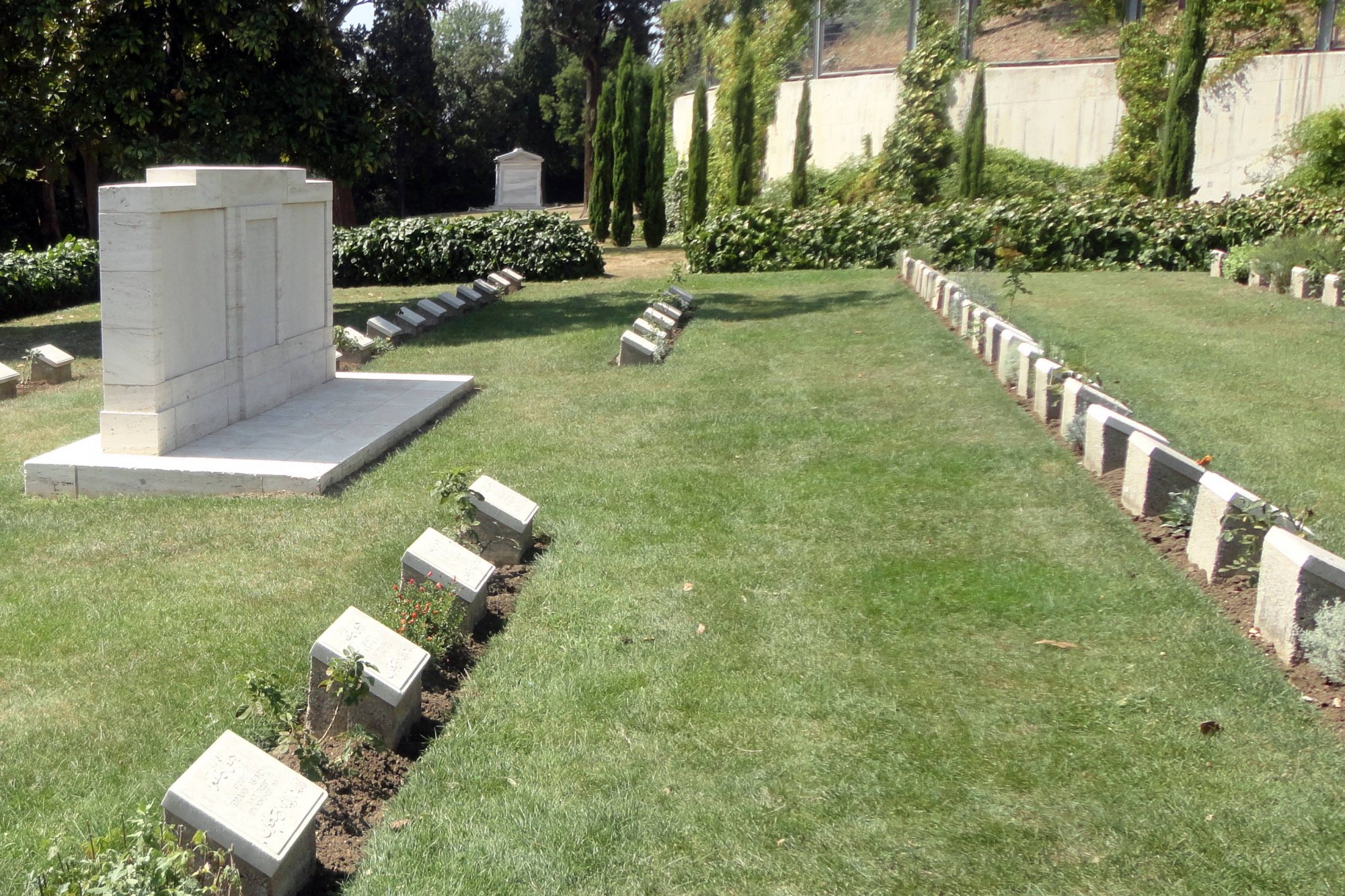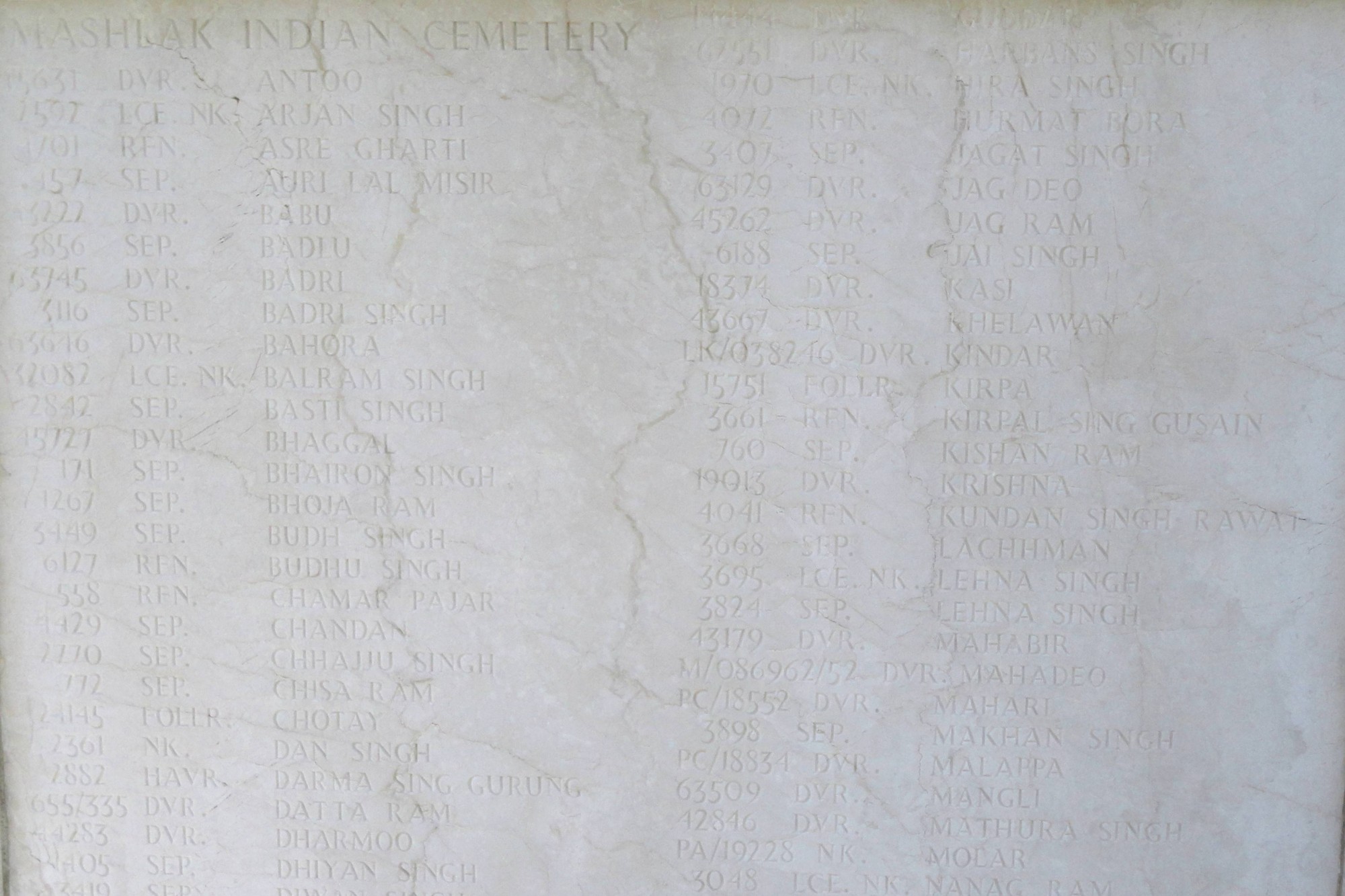This article looks at the Haider Pasha Cremation Memorial in Istanbul which commemorates soldiers of the Indian Army who lost their lives between December 1918 and October 1920. I have also written another article on Pieta Military Cemetery Indian Cremation Memorial in Malta and a series of guides to help you research those who served in the Indian Army:
- Researching Soldiers who Served with the Indian Army
- Pieta Military Cemetery Indian Cremation Memorial.
Haider Pasha Cremation Memorial


These Hindu and Sikh soldiers of the Indian Army who died in 1919 and 1920 and whose remains were committed to fire were formerly commemorated at Mashlak and Osmanieh Indian Cemeteries. In the year 1961 when those cemeteries could no longer be maintained earth with which the ashes of these men had mingled was scattered near this memorial and the remains of their comrades of the Muslim faith were brought here and reverently reinterred.
Unfortunately, most records of the soldiers commemorated on the memorial have been destroyed so they are very difficult to research. Of the dead, fourteen were serving with the 10th Jats, five with the 1st Battalion 23rd Sikh Pioneers, nine with the 2nd Queen Victoria’s Own Rajput Light Infantry and eight with the 95th Russell’s Infantry. There are also a mixture of other infantry regiments and soldiers serving with the Royal Garrison Artillery, and Mule Corps. Two Havildars, equivalent to a Sergeant in the British Army, are the highest-ranking soldiers on the memorial. Havildar Babu Singh was serving with the 2nd Rajputs when he died on 1 August 1919 and was the “Son of Bhagirat Singh, of Arina, Khurja, Bulandshahr, United Provinces”. Havildar Darma Sing Gurung of the 2nd Battalion 4th Gurkha Rifles died on 6 April 1920 and was the “Son of Bakhat Bahadur and Purki Gurung, of Pairi, No.2 West, Gorkha, Nepal”. Gurung is reported to have “Died of sickness” in the Commonwealth War Graves Commission register for the cemetery.
The overwhelming majority of soldiers on the Haidar Pasha Cremation Memorial would have died from disease. Without service records, the cause of most of their deaths will remain unknown but many would have succumbed to respiratory diseases e.g. pneumonia, or died from malaria. There are some war diaries for Indian units which served in Turkey during this period held at the National Archives in London. The 10th Jats war diary for the period between November 1918 and August 1919 can be found in WO 95/4890. War diaries were written by an officer of a unit and recorded its location and activities. A complete list of casualties commemorated on the memorial can be viewed on the Commonwealth War Graves Commission’s website: Haidar Pasha Cremation Memorial Casualties.

